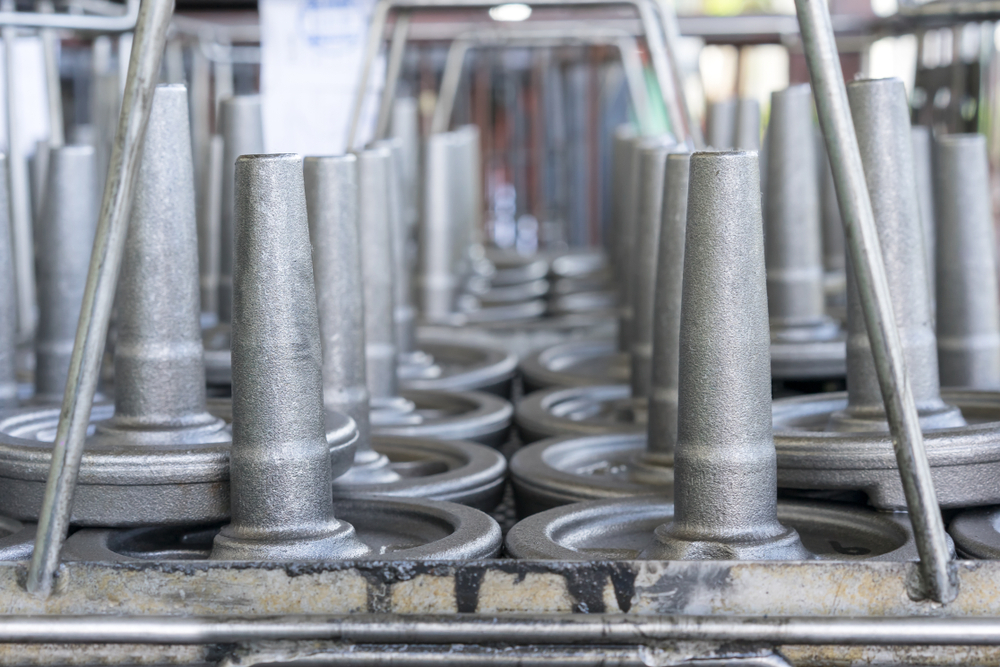Casting and forging are two completely different production processes. A cast is formed when a substance is heated past its melting point and put into a mould to solidify. The following are the main reasons why forging is always better than casting.
What is Forging?
Dies, pressure, and temperature are used to mould a solid piece of the circular metal bar into a shape during forging. Forging may be classed in three ways:
1) Forging temperature (hot, warm, or cold),
2) Forging procedure (open or closed die forging)
3) Forging material (steel forging, aluminium forging, brass forging, or bronze forging).
What is Casting?
Casting is the technique of pouring molten metal into a hollow hole mould and cooling it to solidify the item. The moulding materials, casting technique, and filling pressures all influence the kind of casting. The most common metal casting processes are die casting, investment casting, permanent mould casting, and sand casting.
Casting or Forging: Which is better?
Overall, casting is the most affordable and adaptable alternative; however, forging provides higher strength and wear resistance. The answer to whether is better depends on your project’s priorities. Casting is usually the best option if low cost, unusual metals, and complicated geometries are essential. Forging may be the preferred alternative for strength and structural integrity.
Great Power
When heated, aluminium forging have mechanical qualities that outperform castings’ strength to weight ratio. In contrast to the latter, forging has no porosity. It enables heat treatment methods that significantly improve the desired mechanical properties. This increased strength proves that, unlike other techniques, aluminium forging can achieve high strength.
Cheaper
Die forging tools are less expensive than die-cast tools. Pricing becomes a crucial choice when several fabrication choices for a given application. Forging has a greater manufacturing rate than casting. Many forgings are utilised in severely stressed applications because they are less expensive.
Increased Lead Time
An ordinary forging takes roughly 6-7 weeks to make. Today, toolmakers are adopting cost-effective technologies to cut down on manufacturing time. Spending less time equals spending less money. Self-contained chambers are used in forging manufacturing centres to reduce lead times. As a result, they have more regulation and control over the creative process and more timely adjustments.
Superior Finish
Forging allows for a variety of surface treatments. The casting surface polish is not particularly pleasing or smooth. On the other hand, Aluminium forging makes it simple to create smooth surfaces or sharper serrations. Some alloys, like 6061, offer the best anti-corrosion properties without any surface treatments.
Greater Adaptability
There are many exceptions to the rule, however. Forging, which a die tooling designer creates, may produce a variety of forms. 3D modelling and drawings have also greatly expanded the model’s flexibility throughout the early design stages. In contrast to casting, where the actual size of the component may limit design freedom, forged parts are open to new design recommendations from customers.
Conclusion
While many of the relatively recent casting processes have obvious uses now and in the future, the combination of attributes of forging aluminium continues to be the optimum answer for many applications where lightweight and strength are sought at a reasonable cost. These qualities are increasingly being specified by developing forging company in India, and forgings are being manufactured locally at competitive prices.

